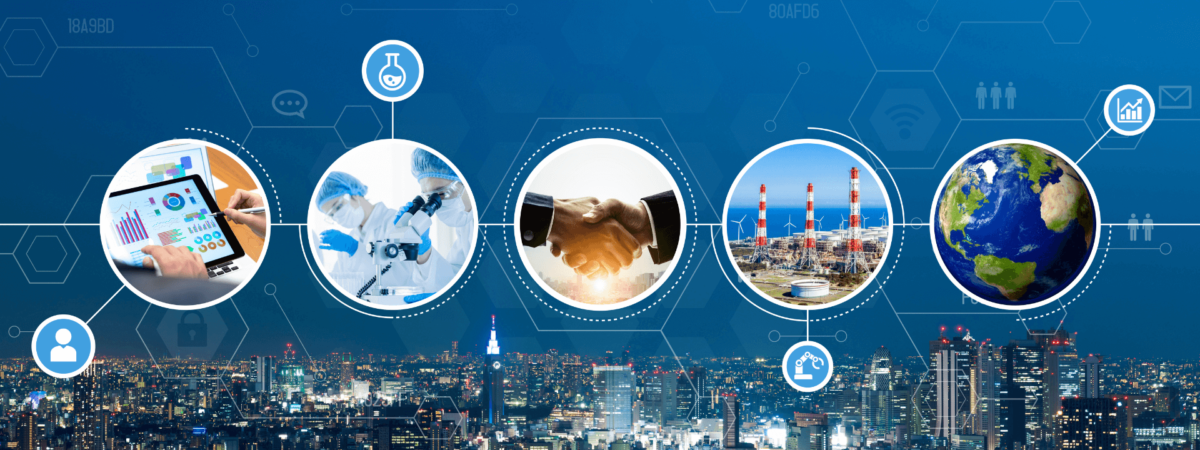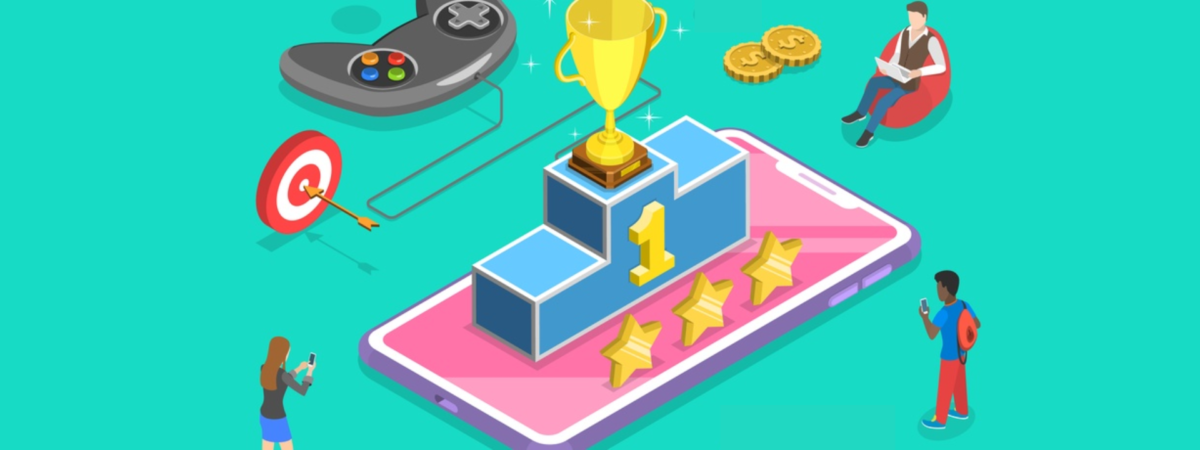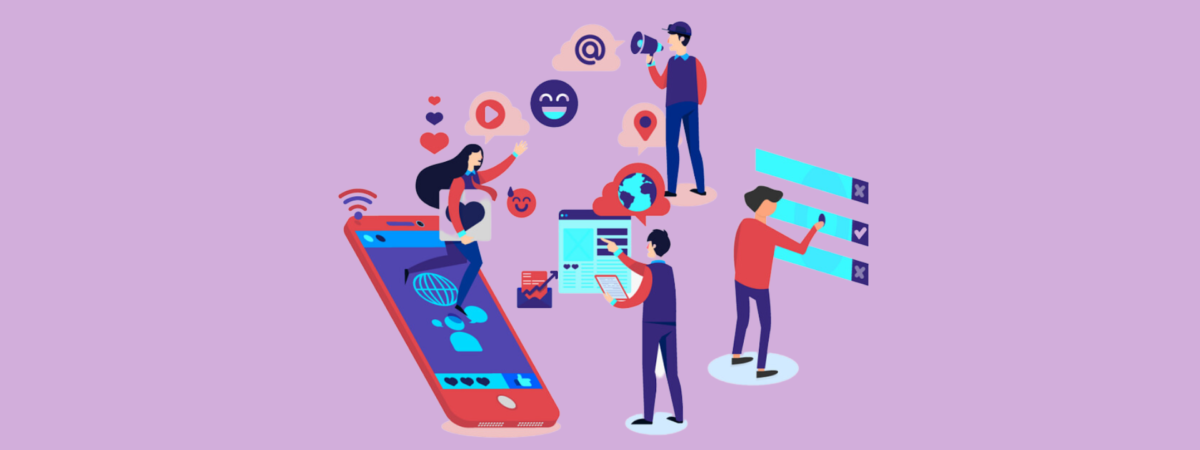In Learn
What is Gamification?

In today’s fast-paced world, where technology is seamlessly integrated into our daily lives, gamification has emerged as a powerful tool for transforming the way we interact, learn, and engage with various aspects of our lives. From education and fitness to business and personal development, gamification has gained significant momentum, captivating individuals across generations.
Understanding Gamification
Gamification can be defined as the application of game elements and mechanics in non-game contexts to enhance user engagement, motivation, and overall experience. By incorporating game-like features such as points, badges, leaderboards, levels, challenges, and rewards, gamification taps into our inherent human desires for competition, achievement, and progress.
Benefits of Gamification

Increased Motivation
One of the most remarkable advantages of gamification is its ability to motivate individuals. By providing clear goals, challenges, and rewards, gamified experiences create a sense of purpose and intrinsic motivation. This motivation fuels individuals to strive for progress and unlock their full potential.
Enhanced Learning and Skill Development
Gamification has proven to be a powerful tool for education and skill development. By transforming learning activities into engaging game-like experiences, gamification promotes active participation, knowledge retention, and practical application. It fosters a positive and immersive learning environment, making complex subjects more accessible and enjoyable.
Improved Engagement and User Experience
Gamification has the unique ability to captivate and sustain user engagement. By introducing game elements, users become active participants, rather than passive consumers. The interactive and immersive nature of gamified experiences ensures higher levels of engagement, resulting in more memorable and enjoyable experiences.
Behavior Change and Habit Formation
Gamification has demonstrated its effectiveness in motivating behavior change and facilitating the development of positive habits. By providing feedback, tracking progress, and rewarding desired actions, gamification can influence users to adopt healthier habits, meet personal goals, and drive positive change.
The Importance of Utilizing Gamification
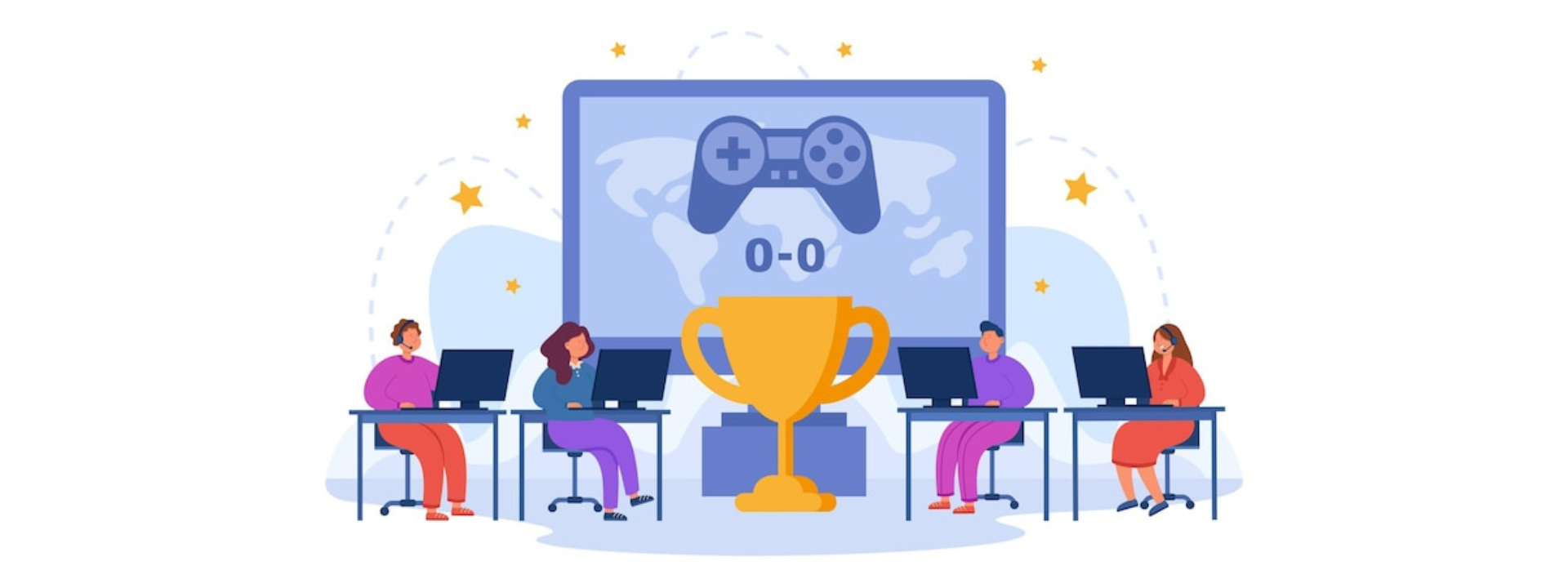
Overcoming Challenges of Traditional Methods
Traditional methods of engagement and motivation often fall short in capturing and sustaining user interest. Gamification offers an innovative and effective solution by infusing elements of fun, competition, and achievement into various activities. It breathes new life into mundane tasks and provides an engaging alternative to conventional approaches.
Appeal to Diverse Audiences
Gamification transcends age, gender, and cultural boundaries, making it a versatile tool for reaching diverse audiences. Its interactive and enjoyable nature attracts individuals who might otherwise be disengaged or unmotivated. By tapping into the universal appeal of games, gamification creates inclusive experiences that resonate with a broad range of users.
Boosting Productivity and Performance
In the workplace, gamification can significantly enhance productivity and performance. By introducing game-like mechanics, such as leaderboards and rewards for accomplishing tasks, it fuels healthy competition, collaboration, and a sense of achievement. This results in increased productivity, employee satisfaction, and overall organizational success.
Creating Memorable Brand Experiences
In the realm of marketing and customer engagement, gamification offers a unique opportunity to create memorable brand experiences. By integrating game elements into marketing campaigns, businesses can captivate their target audience, foster brand loyalty, and drive customer participation. Gamification provides a powerful platform for brand storytelling and immersive customer interactions.
Microlearning and Gamification: The Perfect Match for Effective Learning

Gamification has emerged as a transformative force that has revolutionized participation and empowerment in various fields. Its ability to motivate, enhance learning, improve user experience, and drive behavior change has made it an invaluable tool in today’s digital environment.
Individuals and organizations have started to break new ground by harnessing the power of gamification. Integrating game elements, whether in education, work, health, or personal growth, is starting to help unlock untapped potential, inspire creativity, and accelerate progress.
Gamification has permeated various fields, transforming the way we approach learning, productivity, and personal development. From education and healthcare to marketing and employee training, gamification has found its place as a versatile tool for engagement and motivation. However, when it comes to microlearning, gamification really shines. By integrating game-like elements into small learning modules, it not only caught the attention of the learners but also brought significant benefits.
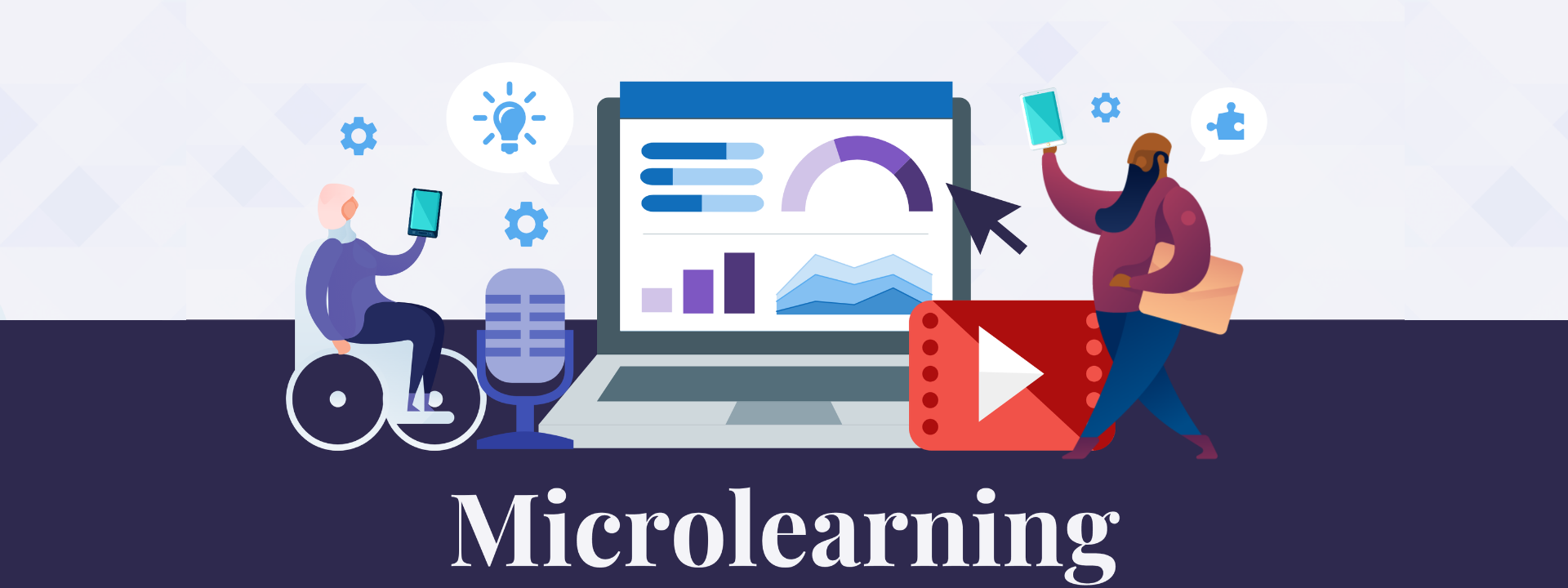
Gamification and Microlearning Duo
Microlearning, a methodology that emphasizes short, focused learning experiences along with gamification, made a powerful combination. If we look in more detail at first, gamification has succeeded in increasing learner engagement by making the learning process interactive, immersive, and fun. Through elements such as quizzes, challenges, and simulations, learners were actively involved in the content, allowing for better retention and application of knowledge.
Gamified Microlearning Advantages
Moreover, gamification in microlearning played an important role in promoting progress and a sense of achievement throughout the process. By combining levels, badges, and points, students can track their progress and feel a sense of accomplishment, thus increasing their motivation and self-confidence.
Another advantage of gamified microlearning was that it could appeal to different learning styles. With a variety of interactive formats such as videos, quizzes, and interactive exercises, learners were able to choose the method that resonated most with them. This adaptability enabled each student to deal with the material in a way that suited their preferences and helped them maximize their understanding.
In addition, gamification in microlearning has fostered a competitive spirit that pushes learners to challenge themselves and strive for continuous improvement. Leaderboards and friendly competition between peers were able to ignite a healthy desire to succeed, creating a dynamic learning environment that encourages active participation and knowledge sharing.
Instant feedback through gamification allowed students to instantly assess their understanding. Whether it was scoring mechanisms or immediate responses to quizzes, students were able to identify their strengths and areas for improvement, allowing them to focus their efforts accordingly.
Overview
 In conclusion, gamification in microlearning encourages bite-size, manageable chunks of information that are always easy to digest and store. Learners can access learning modules at their own pace and fit them seamlessly into their busy schedules. This flexibility and accessibility have made gamified microlearning an effective solution for just-in-time education, continuous learning, and knowledge acquisition on the go.
In conclusion, gamification in microlearning encourages bite-size, manageable chunks of information that are always easy to digest and store. Learners can access learning modules at their own pace and fit them seamlessly into their busy schedules. This flexibility and accessibility have made gamified microlearning an effective solution for just-in-time education, continuous learning, and knowledge acquisition on the go.
As a result, gamification has proven to be a powerful ally in the microlearning field. Gamification increases engagement, motivation, and retention of knowledge by adding game-like elements to short, focused learning experiences. With its interactive nature, progress tracking, adaptability, and competitive spirit, gamified microlearning offers a transformative approach to learning that addresses diverse needs and maximizes the learning potential of individuals in a variety of industries and disciplines.
